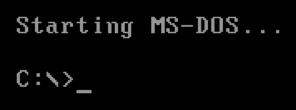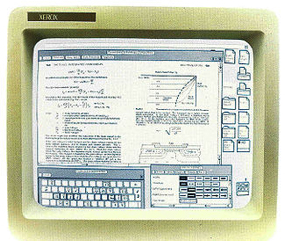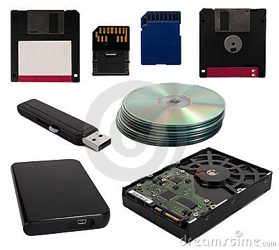All networked computers share resources with other users. This makes network security challenging. People such as Richard Stallman say that anything on a networked computer is sharable, which seems quite extreme to me. Most people want the contents of their computers to be private and only sharable, if they so choose. This requires firewalls and restricted access to your personal files.
Some security measures we talked about in our lecture include:
- Strong passwords. Mix upper and lower case, include special characters and don’t include your name, the word “password” or “1234” etc.
- Don’t trust just any downloaded file, it may contain a virus or spyware.
- Watch out for “phishing” sites, that act like a legitimate company, but actually steal your personal information and PIN codes.
- Keep your operating system and browser up-to-date with latest security patches that fix potential security loopholes in the software.
The professor mentioned spam filters, which are pretty good at placing unsolicited email in your junk folder, but you may want to check it once in a while. Sometimes important emails get filed there automatically, by mistake.






